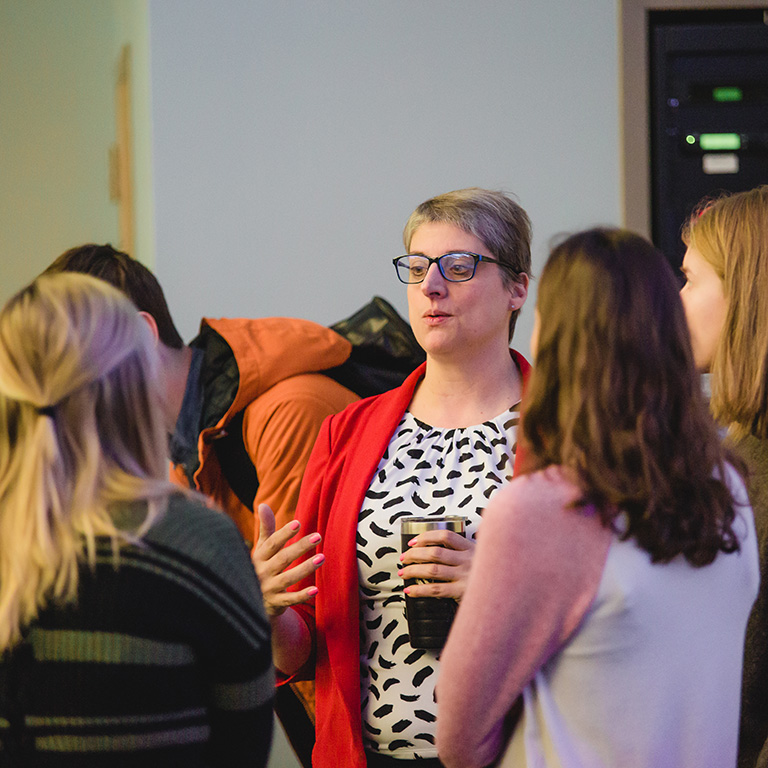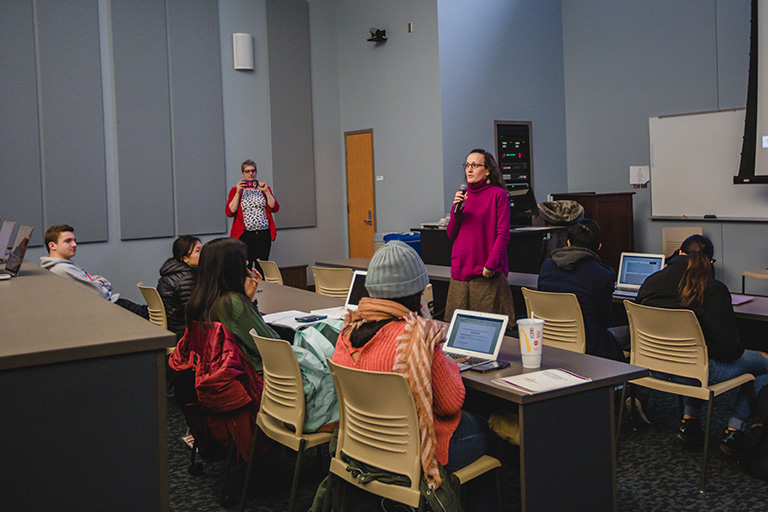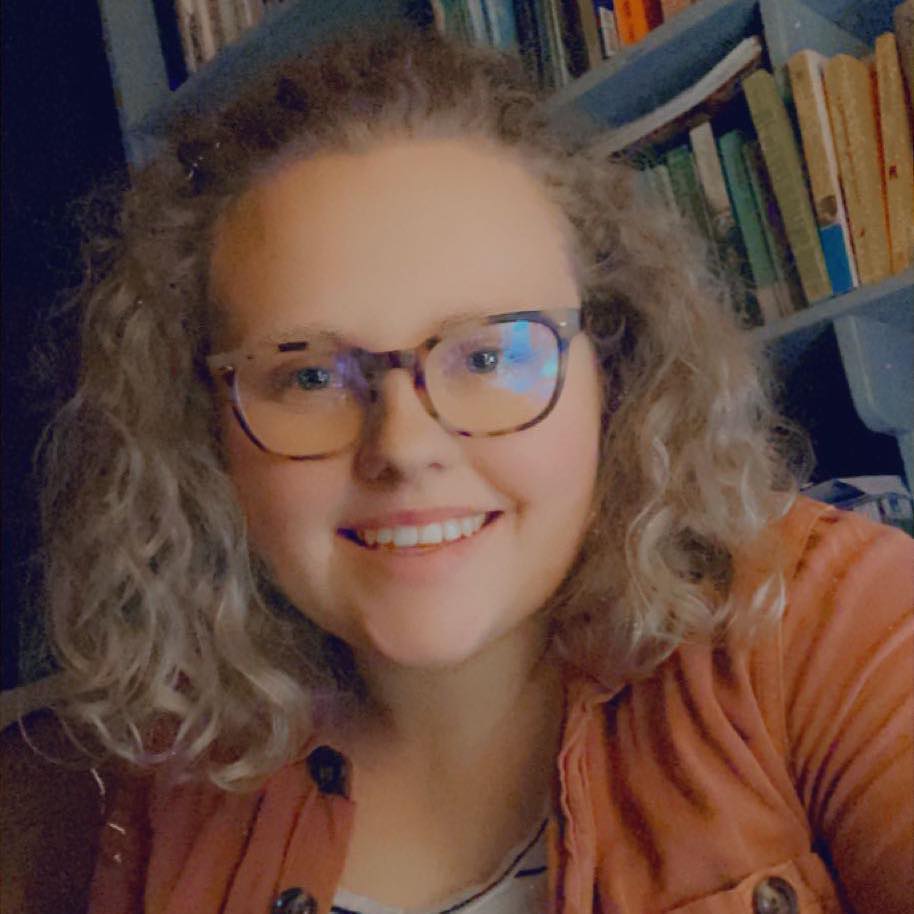High schoolers in Greene County, Indiana, are working together to discover, learn about, and inform each other on the health issues that are most important to them through their work with the Greene County Youth Health Council (GCYHC) in collaboration with Indiana University.
The council is facilitated by Malea Huffman, a 4-H Extension Educator at Purdue Extension Greene County, and co-guided by Deb Getz, an associate professor at the School of Public Health at Indiana University who led the creation of the youth development major and minor in the Department of Applied Health Science.
Huffman began to form the council in response to students’ desires to learn more about mental health following the suicide of another student. “I knew I didn’t want it to be a band-aid slap,” says Huffman. “I knew I wanted it to have meaning for the teens and hopefully accomplish something.”


In 2019, Huffman started working with Getz and students from her class at IU as part of the IU Center for Rural Engagement's Sustaining Hoosier Communities initiative to develop the council with an emphasis on student-led discussion. “We work intentionally to not dictate anything, which for many of the students can be difficult, but they are finding their voice and making wonderful progress,” says Getz.
With the help of 4-H Junior Leaders—7th to 12th grade students—and school counselors from the five high schools in Greene County, Huffman nominated students to the council.
In November 2019, the council had its first meeting. “I had worked with some Junior Leaders before so that they would have talking points, but then I sat down and didn’t really talk for the rest of the meeting,” says Huffman.
From an initial focus on mental health, the students in the council identified other health topics they wanted to learn more about: vaping, tobacco, alcohol, sexual health, and financial health, among others. “In the very first meeting, Malea introduced the idea, and she allowed us to take off,” says Kayla Smock, a student who participated in the council from its inception until she graduated.
The council started meeting twice a week and, with help from Getz’s students, formed plans for a “reverse health fair” that would inform educators and school administrators about the health issues students wanted addressed. Unfortunately, COVID-19 put plans for the fair on indefinite hold.
However, through video calls, the council continued to meet. In November, the council voted to become part of the Well Connected Communities (WCC) initiative through the National 4-H Council, the Cooperative Extension System, and the Robert Wood Johnson Foundation. This required that they choose a focus and put together an action plan. They decided to focus on financial health, and created an Instagram page, @healthy.greene, in order to share important information with other students. “This is just a stepping stone to all of the things they will do, but it is a great way for them to share information with their peers as well as adults to show what youth really want information on,” says Smock.
Communities participating in WCC are encouraged to be youth-led, says Huffman, but “we’re unique in that we’re not having to find a youth voice, the youth voice is already there.”

It was so different from anything else, and it was a space where I could always voice my opinion, feel as though I was heard, and see action on those items.
Kayla Smock
Smock is now attending Indiana University where she is majoring in psychology and has a minor in youth development. “Looking back, it was my favorite thing I did in high school,” she says. “It was so different from anything else, and it was a space where I could always voice my opinion, feel as though I was heard, and see action on those items.”
“When youth are able to collaborate without feeling there are any bounds, they can truly create amazing things,” says Smock.
In April, Huffman, Getz, Smock, and another council member, Brayton Rose, gave a presentation on building youth councils at the Indiana Summit on Out of School Learning hosted by the Indiana Afterschool Network.
The council flourished through the voices of its students, but its growth was fueled by the combined resources of Huffman and Getz. “The [council] would not be where it is without our partnership. It has truly been a team effort built on Malea’s vision, the passion of the students, and the connection to the community,” says Getz.
“Both Deb and Malea are wonderful role models,” says Smock. “They have taught me more than I could ever imagine.”

